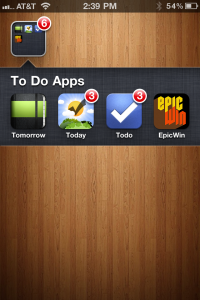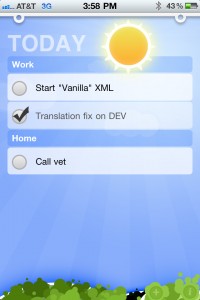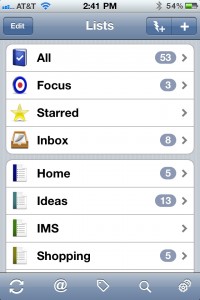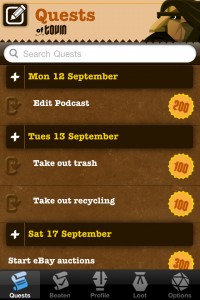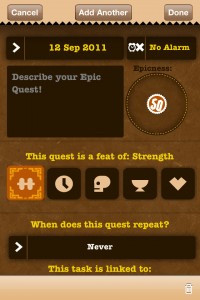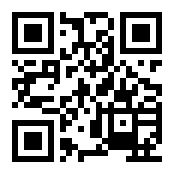Strange dream last night.
We were in a European town, or perhaps England. The kind of medieval-looking village with cobblestone streets and houses with thatched roofs, but with drugstores and bus stops mixed in, creating a mixed sense of place and time.
We meet some graduate students and their professor, a tall statuesque woman with a commanding presence, wearing a lab coat over her other clothes. They have partly taken over a room, converting it to a makeshift lab and classroom. The focus of the project is a pair of laser-based devices, or maybe it was one device with two modes.
The device works like this: first, record mode is active, and you sit in front of it. A visible laser beam plays across your face and settles on your forehead. Then a recording is made. Another person then sits down, and playback mode is activated. A beam of another color locks onto their forehead, and they then see a recording of your face.
That’s the surface functionality. The research they were doing was to go deeper – the bandwidth of the lasers meant that much more information should be coming across. In theory, thoughts should be transmitted as well.
Currently, though, all that is theory. It’s only being tested on rats.
I somehow figure out the correct way to make this work. I want to skip the animal testing stage though, since trying to tell if rats have read each other’s thoughts would be very difficult.
I need volunteers. We are somehow out on a roof. There are several warlike (tribes? non-human races?) sitting on benches. No one will volunteer but then the smallest group steps up. I reveal that in return for help with testing, they will get a huge cache of weapons, making them the strongest group.
With their help, I get the kinks worked out and soon it is refined and easy to use.
Soon everyone in our group and the research group is trying it. Two of the people with us: Dave, and Steve Carell. We are drinking flavored seltzer water and thinking of different things to record.  At one point, one of the female students secretly records herself masturbating. The teacher accidentally experiences the playback (closing her eyes, moaning, exposing her breasts while pinching her nipples, in front of everyone), and instead of punishing the class, she encourages them to think of new and different ways to use the technology.
One student expresses concern that the technology could be misused, for example, a Coke machine with the device embedded to make anyone walking by feel thirsty.
We split up, to walk around town to get more ideas.
The town is also desert-like in ways, like an old western. There is one old structure there where rebels holed up against a corrupt government. I walk through the building with Sarah and couple students. The building has been rebuilt over the years, but instead of on top of the old structure, it was built *around* the old structure. In one area there is a cross-section of the wall, showing the different versions of the building layered within.
We go into the basement. I walk into an old room. There is a drawing on the wall, a detailed plan of the town made by the original rebels. It is very meticulous and somehow still accurate. There is also a detailed model of the town on a central table in the room. I call for the others to take a look, and they come in the room. Suddenly one of the students scratches his palm, like it itches. Then a look of panic comes over his face and he collapses in some kind of seizure.
Then the same thing happens to the other student.
Sarah starts to say something about calling 911, but then she collapses as well.
I take out my phone to call, I feel my palm start tingling, and then suddenly I am reliving the experiences I sampled with the laser device. It’s like some kind of acid flashback, but so immersive that I lose control (and even sensation) of my body and crash to the floor, my phone still in my hand.
Some time later, the flashbacks stop and we stand up again. We head back to the classroom.
Everyone is experiencing the same condition, an unforeseen side-effect of the laser. A couple hours later, it happens again. We are not sure if it will continue to happen, or if the effect will wear off over time. I posit that maybe it had to do with drinking flavored seltzer while using the device.
It seemed likely to me that berry-flavored seltzer would react badly with psychic lasers.
